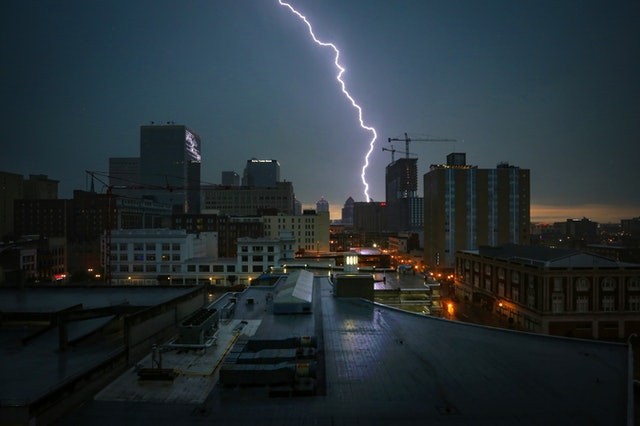The United Nations recently reported that a single flash of lightning reported and recorded in the United States almost two years ago cut through the sky for almost 770 kilometers, setting a new world record.
As indicated in a Phys.org report, now, a new record for the longest discovered "megaflash in April 2020" in the southern US, stretched a full 768 kilometers across three states including Mississippi, Louisiana, and Texas.
Such a distance is equivalent to the expanse between New York City and Columbus, Ohio, or the distance between London and Germany City of Hamburg, the World Meteorological Organization or WMO of UN said in a statement.
Essentially, the lightning bold zig-zagged around 60 kilometers more distant compared to the past record set in October 2018 in southern Brazil.

A New World Record
The committee of experts on weather and climate extremes of WMO also reported a new world record for the period of a lightning flash, a similar The Straits Times report said.
A single flash that continuously advanced through a thunderstorm over northern Argentina and Uruguay in June 2020 lasted for a little longer than 17 seconds, 0.37 seconds lengthier than the last record set in March 2019, which also took place in northern Argentina.
According to the WMO rapporteur of weather and climate extremes Randall Cerveny, such records of lighting occurrences are extraordinary documentation "from single lighting flash events."
He also said, environmental extremes are the power of nature's living measurements, not to mention, scientific progress in being able to make such assessments.
Technology for the Enhancement Distance and Time Detection
The technology utilized for the detection of the distance and time of lightning flashes has dramatically improved in recent years, allowing records far greater compared to what was once the standard.
The past "megaflash" records between 2018 and 2019 were initially validated with new satellite lightning imagery technology and were both more than twice the past records that used data collected from ground-based equipment.
Cerveny explained, it is possible that even "greater extremes still exist," and that they will be able to observe them as detection technology for lighting improves.
Moreover, the WMO emphasized that the new record strikes took place in the Great Plains in North America and the La Plata basin in South America. The said places are known as hotspots for the so-called Mesoscale Convective System or MCS thunderstorms, enabling megaflashes.
Flashes Setting the New Record, Not Isolated Occurrences
The WMO statement also underscored that the flashes setting the new record were not isolated occurrences, although they took place during active and large-scale thunderstorms which make them all the more hazardous.
Petteri Taalas, WMO chief said in the statement, lightning is a major danger, claiming many lives each year. Findings of the study highlight essential public lighting safety concerns for electrified clouds, a site where flashes can travel very far distances.
The organization also stressed that the only lightning-safe areas are big buildings that have wiring and plumbing or are completely enclosed, vehicles with metal tops.
The UN agency has maintained official worldwide records for range weather and climate-related statistics, which include temperature, wind, and rainfall.
Related report about the megaflash lighting event is shown on WQAD News 8's YouTube video below:
RELATED ARTICLE : Reason for Lightning to Strike in Specific Places Revealed
Check out more news info about the Lightning Strikes only on Science Times.












